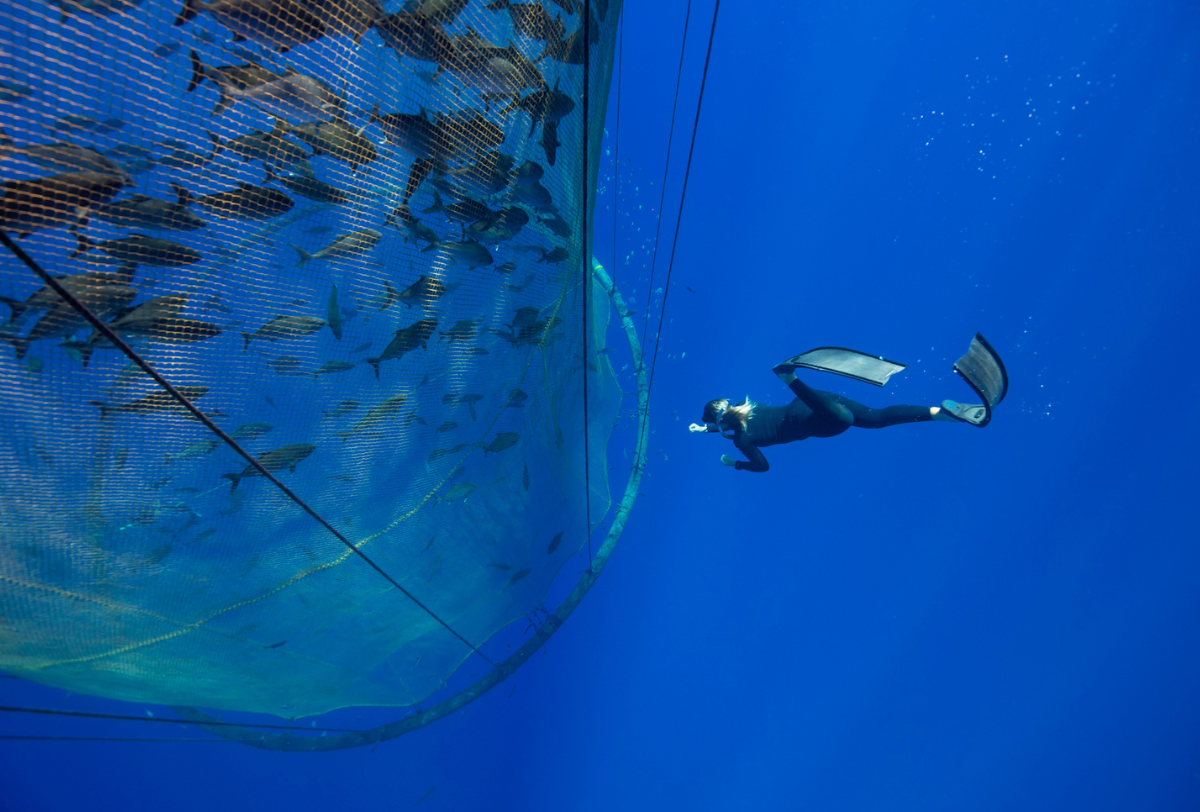Tim Fitzgerald, EDF Oceans’ Senior Policy Specialist Testifies at Today’s Oil Spill Commission Hearing

Today, Tim Fitzgerald, EDF’s Senior Policy Specialist for Oceans, testified at the third meeting of the National Commission on the BP Deepwater Horizon Oil Spill and Offshore Drilling. Speaking particularly on concerns of seafood safety, Tim mentioned EDF’s work with the Gulf of Mexico Reef Fish Shareholders’ Alliance to help them preserve their markets in the face of this disaster. Read Tim’s full remarks:
September 28, 2010
National Commission on the BP Deepwater Horizon Oil Spill and Offshore Drilling, 3rd Meeting – Testimony of Tim Fitzgerald, Senior Policy Specialist, Oceans Program, Environmental Defense Fund
Good afternoon. First, I’d like to thank the Commission for the opportunity to testify today on this critically important topic. I’m a Senior Policy Specialist in the Oceans Program of Environmental Defense Fund (EDF), with a scientific background in marine ecology and physiology. For the last seven years I’ve worked specifically on issues of seafood sustainability and health for EDF, and I was asked to testify today about the public perception of Gulf seafood safety and the work that we’ve begun with fishermen to address ongoing consumer concerns. For background, EDF is a leading national nonprofit organization representing more than 700,000 members that links science, economics and law to create innovative, equitable and cost-effective solutions to society’s most urgent environmental problems.
As you may already know, the seafood market is inherently confusing for consumers. Most people have very little connection to, or understanding of, the fish they buy. More than 80% of fish that Americans eat is imported, coming from nearly every country on Earth and caught or farmed under dozens of different regulatory schemes and environmental conditions. Given this complexity, there are numerous opinions – often conflicting – over what seafood is “good” or “bad”. Regardless, opinion polls, focus groups, and other studies have consistently shown that quality and safety are two top concerns for consumers.
This might explain, at least partially, why seafood safety has remained such a prominent issue in the wake of the BP oil disaster. The 87-day event resulted in the release of almost 200 million gallons of crude oil into the Gulf ecosystem, and the use of almost 2 million gallons of Corexit™ dispersants to mitigate the damage. Despite the re-opening of state and federal waters to fishing, these are figures seafood consumers are not likely to soon forget.
Based on federal and state testing, the public has been repeatedly reassured that Gulf seafood is safe to eat. However sales remain depressed in the region and around the country, and some fishermen are hesitant to return to work given poor markets and concerns over lingering toxins in the water. An August 17th Associated Press poll showed that one month after the well was capped, more than half of survey respondents still lacked confidence in the safety of seafood from Gulf areas affected by the oil disaster. And as you have likely seen, we continue to see coverage in regional and national media that consumer skepticism remains high.
For Gulf fishermen and other members of the seafood industry, this lack of consumer confidence can be devastating. They not only face the pain of immediate financial losses, but must also struggle with the uncertainty of trying to regain the business they once had. That’s why EDF is working closely with an association of snapper and grouper fishermen called the Gulf of Mexico Reef Fish Shareholders’ Alliance to help them preserve their markets in the face of this disaster.
These fishermen have faced many challenges already. Years of overfishing and ineffective fishery management had brought the fishery to the brink of collapse. At its low point, their fishing season had shrunk to only 54 days, and regulations forced them to throw back dead much of the fish they caught. But by working together and with federal regulators, these fishermen led the charge in transitioning their fishery to an innovative management program called “catch shares”. Catch shares soon allowed the fishermen to fish year round while fish populations recovered – bringing better prices to fishermen and more economic stability to fishing ports.
Low consumer confidence in Gulf seafood post oil-disaster threatens to undermine the progress to date made by these fishermen and others like them. Therefore our partnership seeks to do everything possible to ensure that the market supports them through the following four-part campaign:
- Continuing to strive for a more sustainable fishery with fewer ecological impacts;
- Development of a third-party seafood testing program that supplements that of NOAA and FDA;
- Implementation of a rigorous chain-of-custody to track fish throughout the supply chain;
- An aggressive public relations and marketing effort to highlight these efforts.
This approach can serve as a model as the Commission considers how federal and state agencies can restore confidence in Gulf of Mexico seafood. In closing, I will highlight a few key challenges and corresponding recommendations that can help this campaign and similar efforts to achieve success:
- Empower fishermen to conduct more targeted testing of their catch. The government alone can’t solve this problem for the fishermen, nor are fishermen looking to them to do so. But what the government can do is work in partnership with fishermen to work towards their own solution. Making the financial and technical resources available to do this would go a long way towards complimenting existing traceability and marketing efforts;
- Articulate and make public the details of a long-term testing plan. Seafood consumers and buyers not only need to better understand what has been done and why it is sufficient, but they also need reassurances and specifics about how the government is in this for the long haul. Government testing is currently focused on toxic polycyclic aromatic hydrocarbons (PAHs), and to a lesser extent, dispersants. But there are other contaminants – such as heavy metals like arsenic, cadmium, or mercury – along with the potential for re-contamination from unfound sources oil, that may become a health risk further down the road, which we believe warrant formal evaluation;
- Provide updated information to the public about dispersants in seafood. This issue remains high on consumers’ lists of concerns, despite continued assurances from FDA that they pose no health risks. However NOAA has recently developed a chemical test to detect them in seafood, so the agencies should provide clear guidance about their latest findings, and offer recommendations for future government and independent testing;
- Make a concerted effort to reach out to consumers to understand what is needed to regain their confidence in Gulf seafood. Bombarding consumers with marketing and dismissing their concerns only exacerbates the current situation. NOAA’s recent series of ‘dockside chats’ provides a good example and could be expanded to educate local stakeholders on the issue of seafood safety;
Thank you very much for your time, and I am happy to answer any questions that the Commissioners might have.












